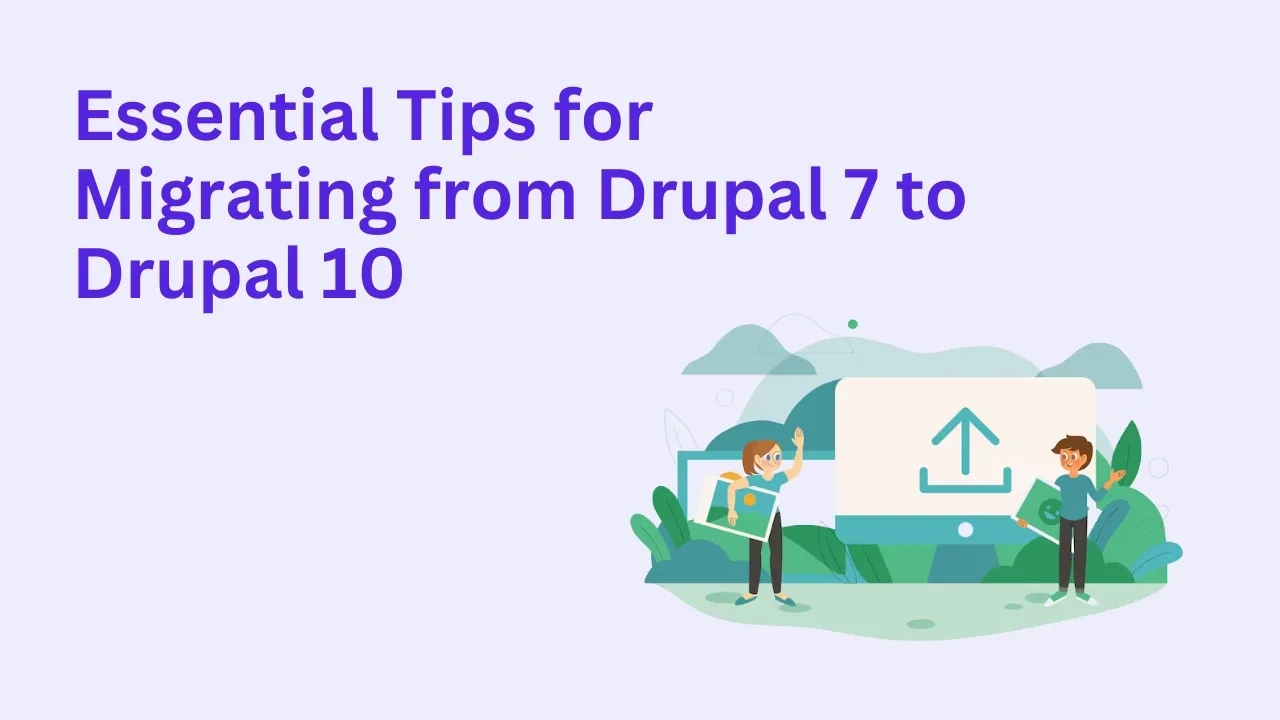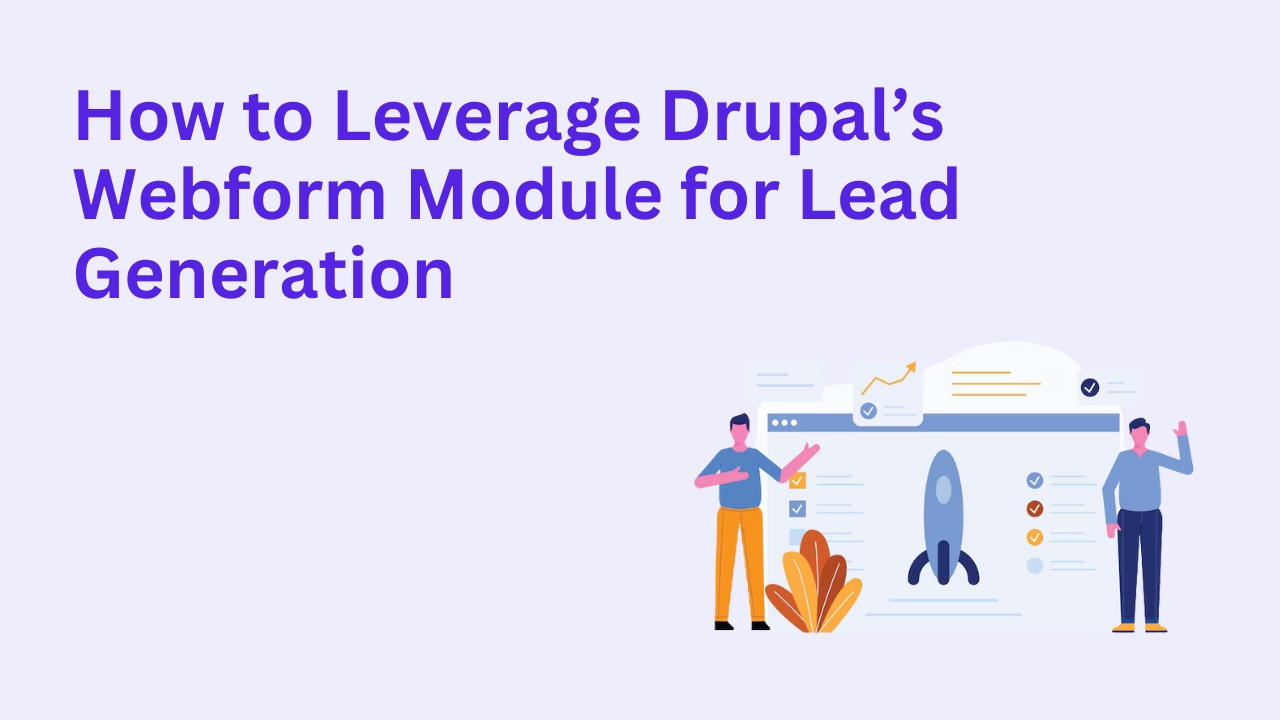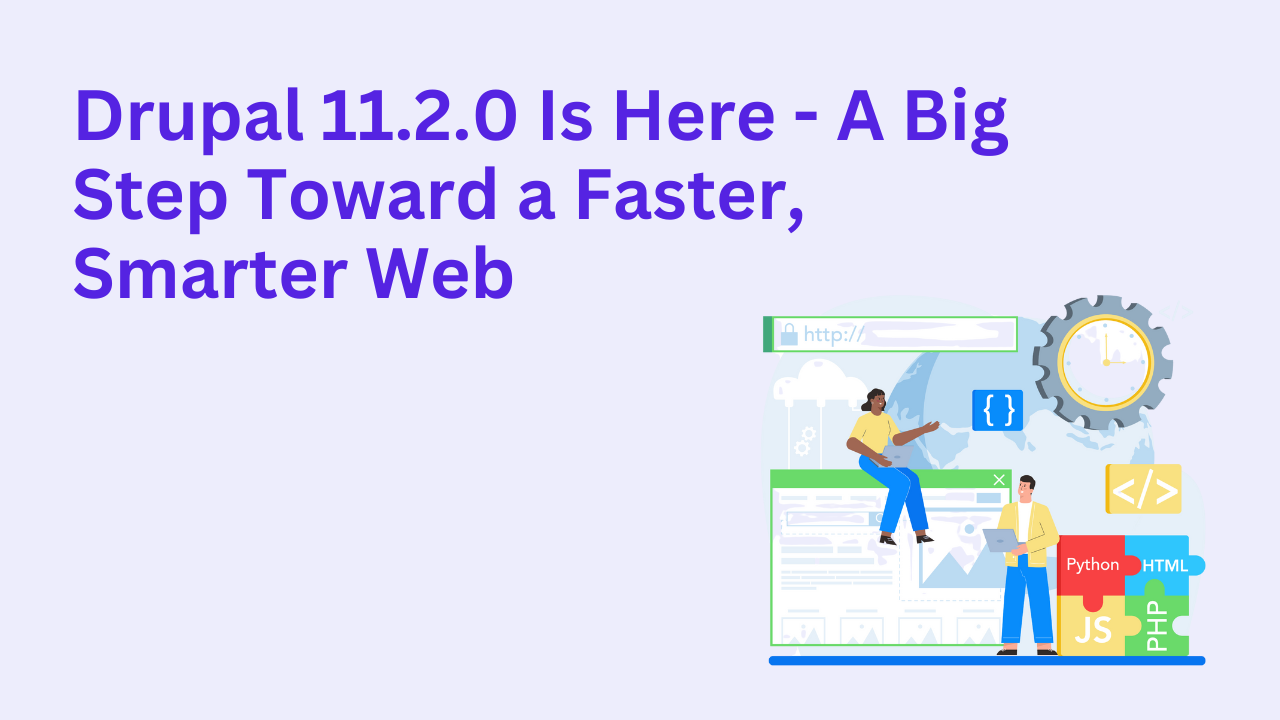Essential Tips for Migrating from Drupal 7 to Drupal 10

With the official end-of-life for Drupal 7 looming, many organizations are prioritizing their upgrade plans. Migrating from Drupal 7 to Drupal 10 isn’t just a technical leap it’s an opportunity to modernize your website and unlock the full power of the latest features.
Here’s what you need to know to ensure a smooth and successful migration.
Why Upgrade to Drupal 10?
Drupal 10 brings significant enhancements over Drupal 7, including:
Modern, clean admin interface with Claro
Improved performance and security
Better content editing tools (like CKEditor 5)
More flexible theming with Olivero and Twig 2
Enhanced API-first architecture for headless and decoupled builds
Upgrading ensures your website stays secure, maintainable, and future-proof.
Key Steps to a Successful Migration
1. Audit Your Existing Site
Start by reviewing your Drupal 7 site:
Take stock of content types, fields, and taxonomies
Identify custom modules, themes, and contributed modules
Note any complex functionality or integrations
This helps you plan for what to rebuild or migrate.
2. Choose the Right Migration Path
Drupal 7 to 10 migration isn’t a direct update it’s a full rebuild. Use the Migrate API in Drupal 10 to bring over:
Nodes, users, and taxonomy terms
Custom fields and media assets
Site configuration (where possible)
Plan carefully to minimize downtime and data loss.
3. Rebuild Custom Functionality
Modules in Drupal 7 may not exist (or work the same way) in Drupal 10. Rebuild custom modules and themes, leveraging modern Drupal best practices and APIs.
4. Use Contributed Migration Modules
Leverage the Migrate Plus, Migrate Tools, and Migrate Upgrade modules to streamline the migration process and handle complex data mappings.
5. Clean Up Your Content & Data
Migration is a chance to prune outdated content, fix inconsistencies, and re-structure content models. Clean data will make your new site faster and easier to manage.
6. Optimize for Performance & SEO
Post-migration, tune your new Drupal 10 site for:
Fast load times with caching and CDN
Mobile-first responsive design
SEO best practices (like schema, metadata, and redirects)
7. Test Thoroughly
Before going live, rigorously test:
Data integrity (no missing content or broken links)
User experience and design
Integration with third-party tools
Common Challenges to Prepare For
Rebuilding custom themes with Twig
Migrating media and file structures
Dealing with deprecated modules and functionality
Ensuring a smooth user experience for editors and site admins
Working with an experienced Drupal partner can help you navigate these challenges and avoid surprises.
Why Choose Drupalify?
At Drupalify, we specialize in complex migrations from Drupal 7 to Drupal 10. Our proven processes ensure:
✅ Minimal downtime
✅ Clean data migrations
✅ A modern, secure, and high-performing Drupal 10 site
Explore our services: Hire Drupal Developers
Or book a free consultation: Book a Free Consultation
Conclusion
Migrating from Drupal 7 to Drupal 10 is a significant step but with the right planning and expertise, you’ll end up with a robust, future-ready website that’s ready to grow with your business. Ready to start your migration journey? Let’s connect!








